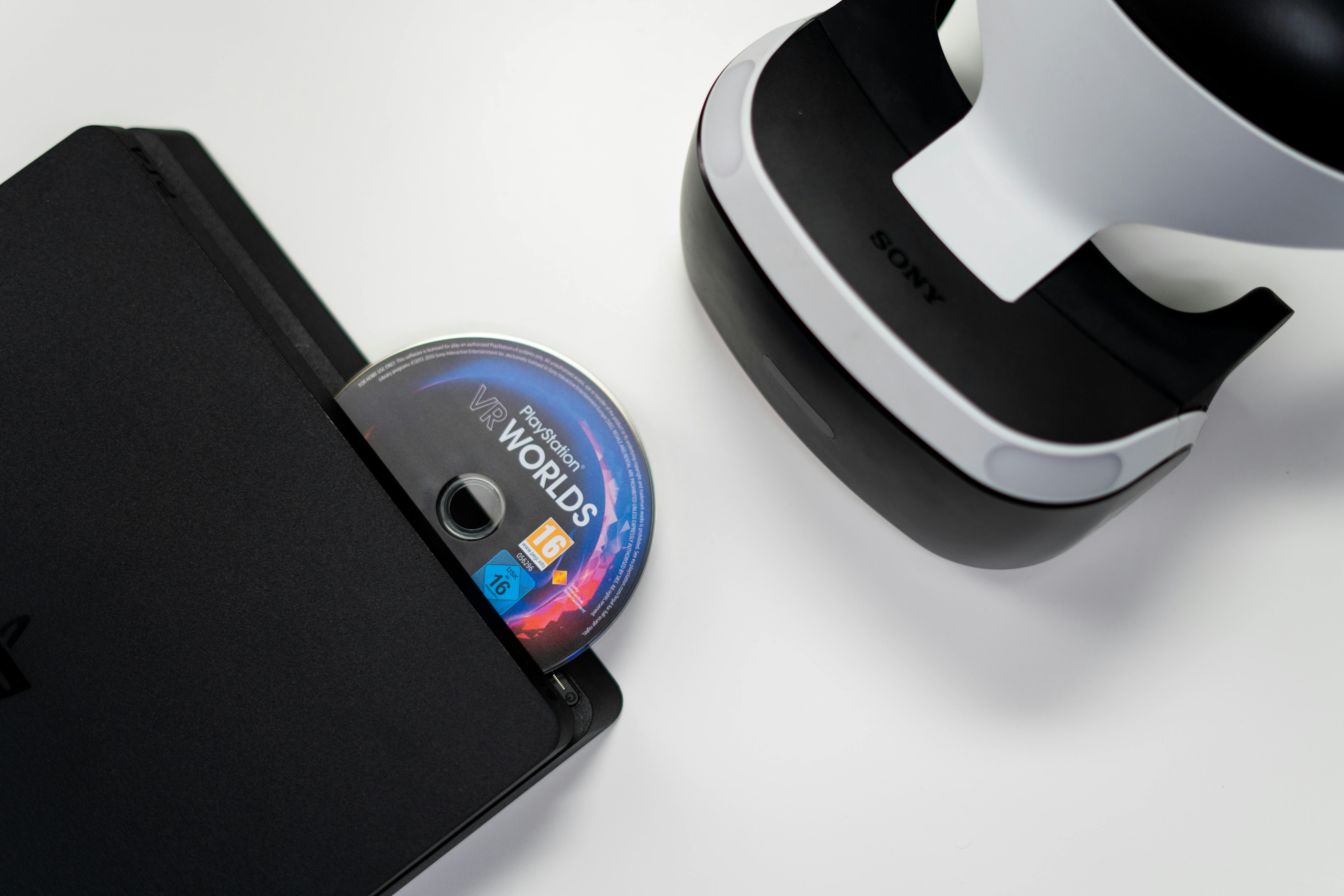
Do you want to know the language of an airline flight attendant? Your guide to the phonetic alphabet
As an airline flight attendant, you will be immersed in a new world of language that you cannot avoid or ignore. While the standard language of aviation around the world is English, it is the English phonetic alphabet that is unavoidable for those who fly operationally.
While strange to some at first, it will quickly become familiar to you when you dive into it as an airline flight attendant.
But why do airlines use this language? The world is simply a small place when it comes to jet planes. In less than a day you can cross literally dozens of countries and all with local pilots and air traffic controllers who have accents that are native to your mother tongue.
To avoid confusion with accents and to have clarity and precision in identifying the world’s airways, the airline industry communicates with a system called the phonetic alphabet. The phonetic alphabet was developed in the mid-1900s so that war soldiers could articulate radio messages to other soldiers in the heat of battle without misunderstanding due to poor reception and battle noise.
Basically, using the phonetic alphabet sounds a word that begins with the letter you want to say. That way, letters like C and D, although similar in letter sound, can be identified correctly. Charlie is very different from Delta, for example. Then it’s just a matter of pronouncing the letters or spelling of the word you need to communicate.
Operationally this is always used to identify aircraft and anything that needs some understanding. As a flight attendant, you will need to know the phonetic alphabet as you will use and hear it often at work. You will quickly discover that it is introduced into your everyday language as a kind of shorthand for operational understanding with other crew members.
So what is the phonetic alphabet used by the airline industry?
A – Alpha, B – Bravo, C – Charlie, D – Delta, E – Echo, F – Foxtrot, G – Golf, H – Hotel, I – India, J – Juliet, K – Kilo, L – Lima, M – Mike, N – November, O – Oscar, P – Papa, Q – Quebec, R – Romeo, S – Sierra, T – Tango, U – Uniform, V – Victor, W – Whiskey, – X-Ray, Y – Yankee, Z – Zulu
Just print the above and refer to it when necessary. With a little practice, you will learn the alphabet in no time. Then, as a flight attendant, you can easily apply the phonetic alphabet when and where it is needed automatically and almost without thinking.
The numbers also have their own pronunciation and more information on this is fully explained for flight attendants in How to become a flight attendant available at FlightAttendantSecrets.com
E – Echo, N – November, J – Juliet, O – Oscar, Y – Yankee (Enjoy)